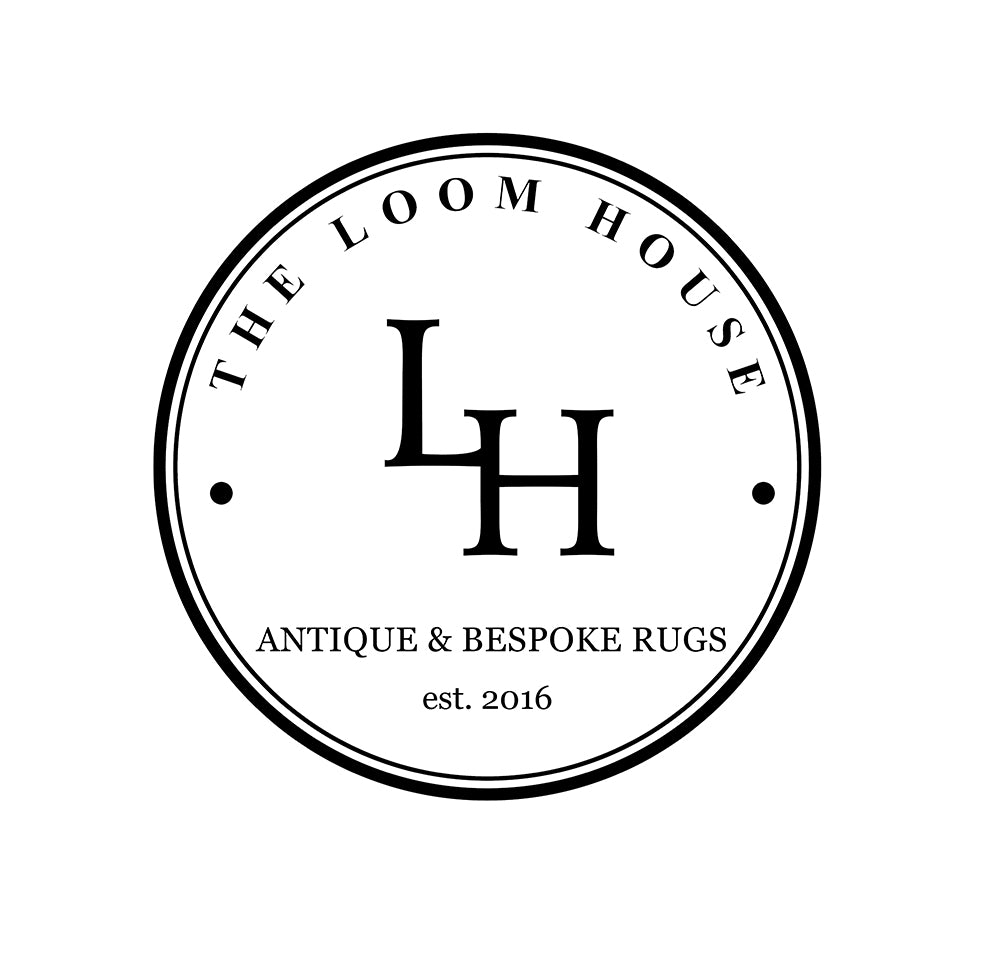3 Questions to ASK when Purchasing an Antique or Vintage Rug

Rugs, like any art, are truly one-of-a-kind. So, although every piece is individual and unique - there are specific things that you need to ask to make sure you know what you're buying.
1. What is the country of origin of your Antique rug? + Where/What Village or City was it woven in?
This is important because some rug dealers call hand-knotted rugs "Persian" because the design comes from Iran, BUT that is just not true. The ONLY thing that makes a rug "Persian" is the fact that it was woven in Iran or modern-day Persia. It is solely based on country of origin. Regardless of design, or how it's made - it is only Persian if it was woven in Iran, and you need to know where your rug was woven. Nothing wrong with Turkish rugs, Indian rugs, Pakistani rugs, Moroccan rugs, Chinse rugs; but nothing holds a candle to Persian rugs. You also need to know where in the country it was woven, this is just great to know and each village and rug weaving district have particular characteristics; fascinating stuff! This also helps you not paying Persian Serpai prices for Persian Hamadan rugs :)
2. What is the Age of your Antique rug? How old is it?
It's sad but true - there are "rug slangers" out there that sell 10 to 20-year-old rugs (which is considered new) and purposefully acid wash them and make them look old. It's a damn shame. Ask the age and make sure your rug is truly a vintage rug or an antique rug and genuinely worn or you're overpaying for your rug and even worse, getting lied to.
3. Is it all natural and vegetable dyes?
We live in a day and age where NATURAL and ORGANIC are the craze - and for good reason. As the human race pushes forward with technology and distance from human to human connection - we crave the authentic, raw, and real. Not only in our foods, but also in our goods, clothings, and even lifestyle. However, it wasn't always this way - back in the day these weavers were so surrounded by beautiful natural colors in the rugs that were derived by elements in and on the earth - that when they discovered synthetic dyes of sorts, they actually preferred to use these to get colors that they have never seen in rugs - bright orange, neon pink and purple, etc. So, if you're a purest when it comes to rugs, like me, then you will prefer the natural dyes, but not stick your nose up at the chemical and synthetic dyes - because you now know the story and context - non-natural dyes were highly sought after and these weavers went out of their way to get them. With that being said, you should always ask how the dyes were made - because at the very least you should know. Synthetic dyes mixed with natural dyes are the least of your worries - what you MUST be worried about are the acid and chemically enhanced trendy rugs that have become popular for the moment - read more about that here and make sure you equip yourself with all the knowledge you can because you don't want harsh chemicals in your home and on your feet and under the feet of your loved ones.

Comments
pat stephen said:
WHAT ARE YOUR PRICES TO CLEAN AN ORIENTAL RUG. MINE HAS NEVER BEEN CLEANED, AND I S ABOUT 15 YEARS IN MY HOME.
Naturally Green Cleaning said:
Thank you to The Loom House for providing such a helpful and informative article about purchasing antique or vintage rugs. Buying a rug with history and character can be a significant investment, and having access to reliable information can make all the difference. This article empowers readers with the knowledge they need to ask the right questions and make informed decisions when it comes to choosing the perfect rug for their home. It’s great to see resources like this that help people make informed purchasing decisions while also appreciating the beauty and uniqueness of antique and vintage rugs.